Researchers think stopping necrosis, a harmful form of cell death, could prevent inflammation, protect aging organs, and reduce disease risk.
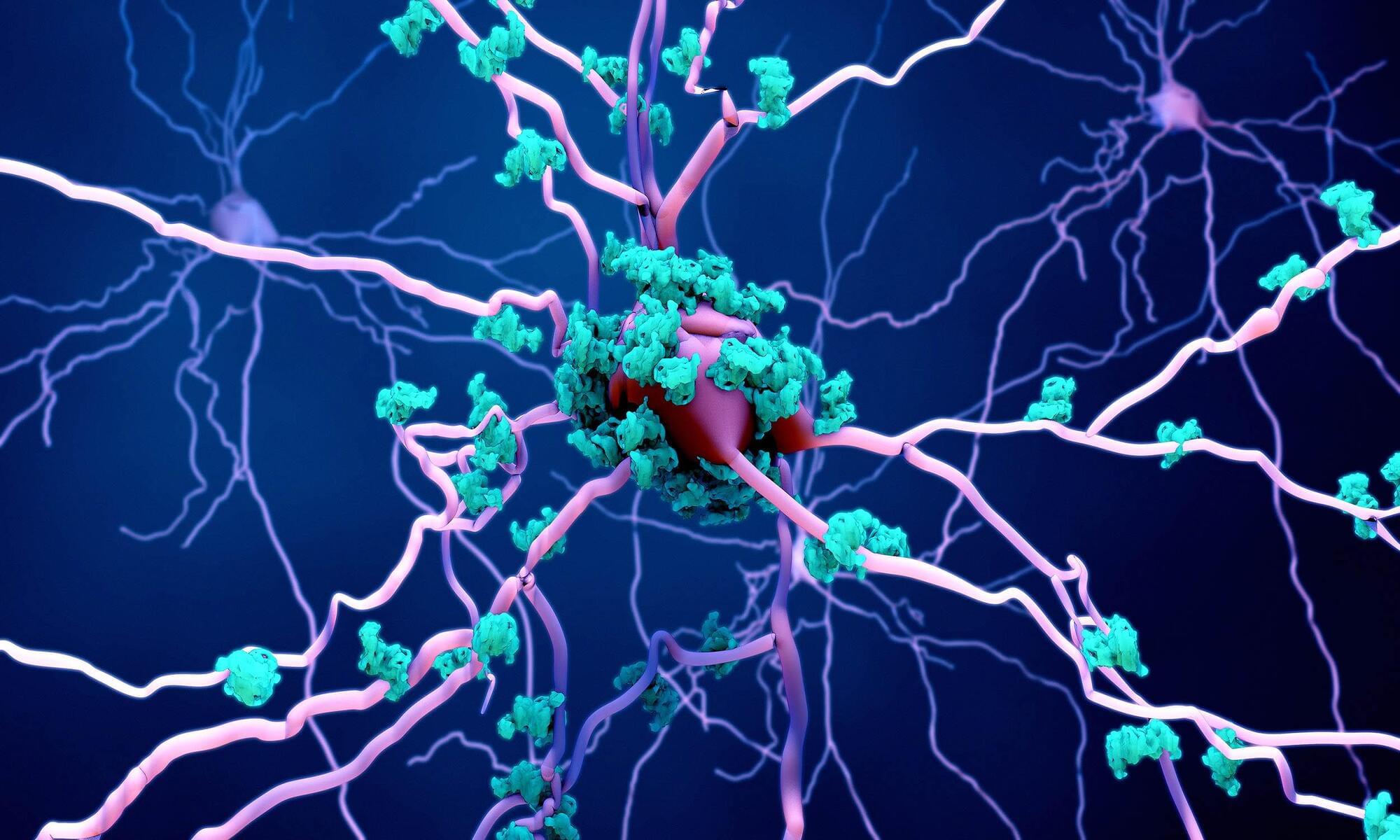



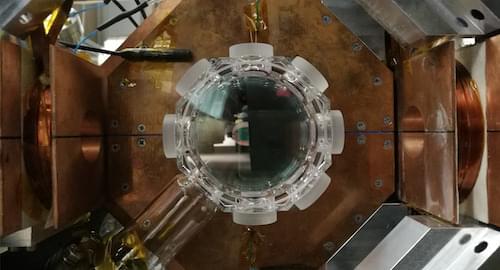
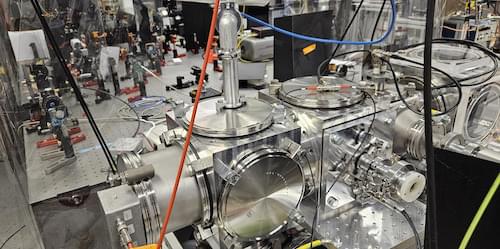
New physics may explain discrepant values for the ionization energy of a metastable state of helium.
In the search for new physics beyond the standard model of particle physics, a significant discrepancy between theory and experiment attracts attention, especially in a simple atomic system such as helium. Recently, evidence has appeared for a 9 discrepancy in the ionization energy of the metastable triplet state of helium-4 (4He) [1, 2]. This stands out like a sore thumb in a field where theory and experiment are both highly accurate and normally in agreement. However, in assessing the validity of the discrepancy, there is always the possibility that something has been overlooked or miscalculated. Now Gloria Clausen and Frédéric Merkt of the Swiss Federal Institute of Technology (ETH) Zurich have released the results of their latest research [3] in a series of high-precision experiments [1, 4]. Their results (Fig.
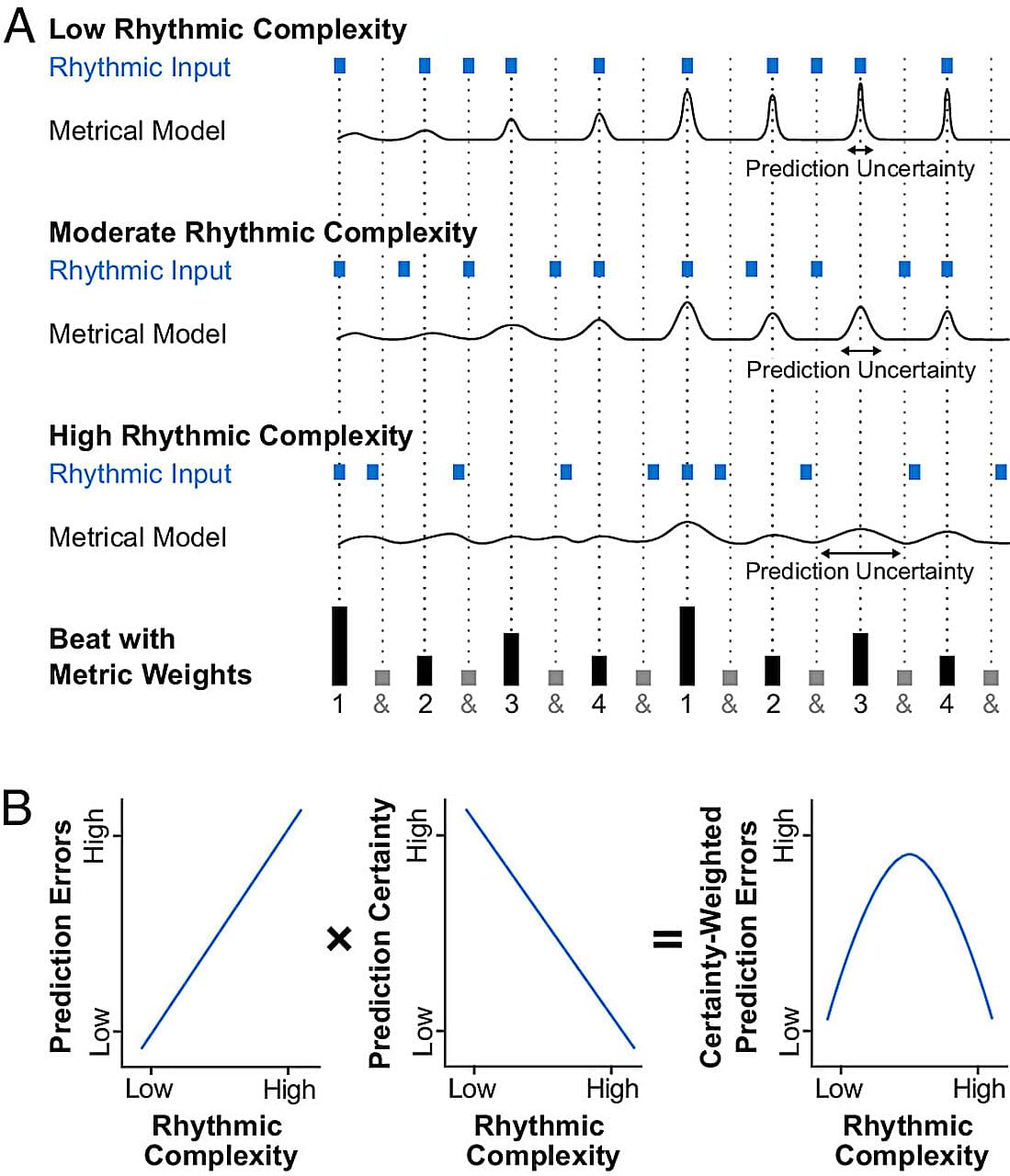
Research led by Aarhus University in Denmark reports that individuals with substance use disorders experience a heightened urge to move in response to music with complex rhythms and harmonies.
Long-term use of cocaine and heroin disrupts dopamine signaling in the brain, depleting receptors and diminishing the effects of non-drug stimuli, such as music, to trigger pleasure.
Prior research has shown that music can activate dopaminergic pathways involved in reward, anticipation, and movement. Groove, the pleasurable urge to move to music, follows an inverted-U pattern in healthy listeners, peaking when rhythms fall into a sweet spot of moderate rhythmic complexity. Most people feel the strongest compulsion to move their bodies to the beat when those beats are neither too simple nor too unpredictable.
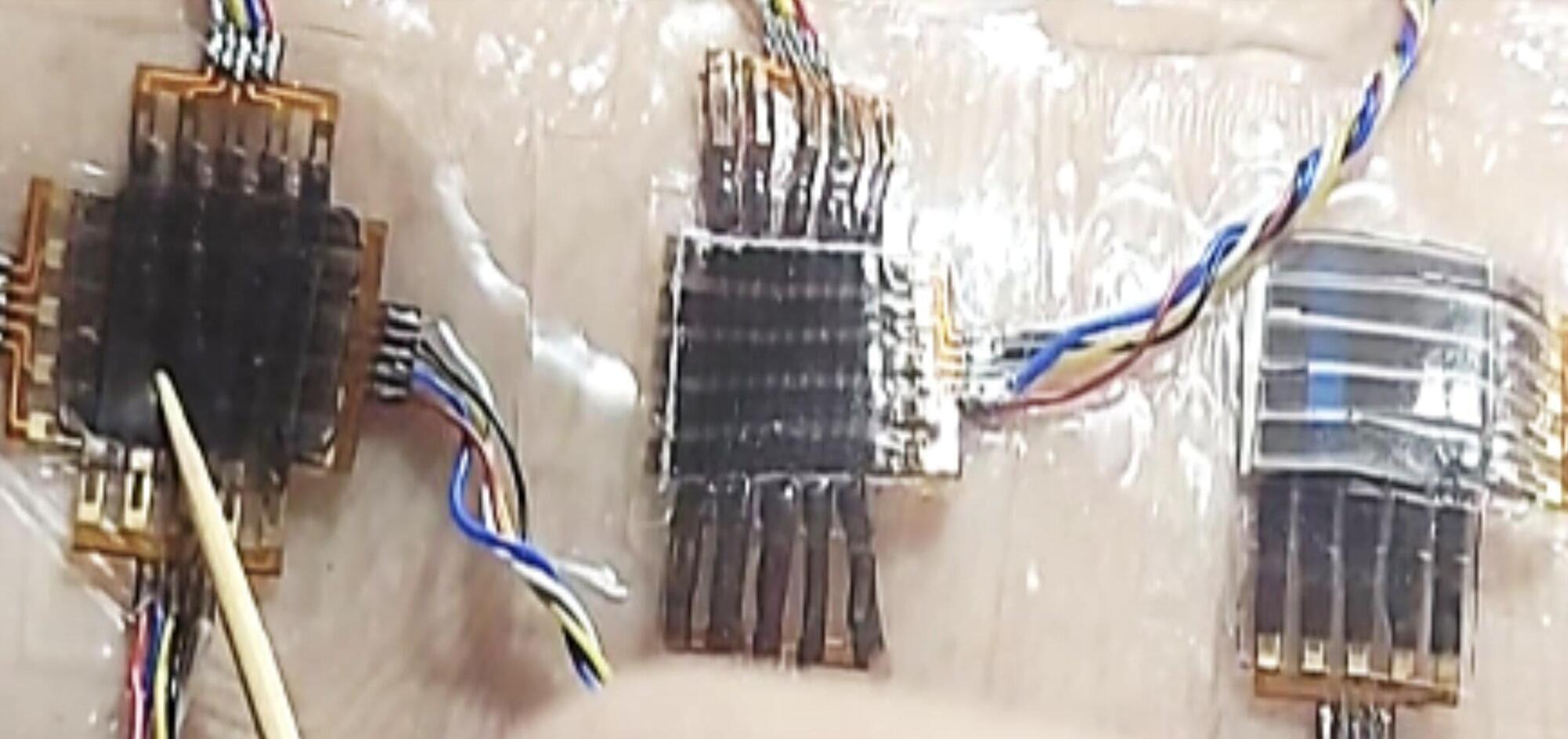
Recent technological advances have enabled the development of a wide range of increasingly sophisticated wearable and implantable devices, which can be used to monitor physiological signals or intervene with high precision in therapeutically targeted regions of the body. As these devices, particularly implantable ones, are typically designed to remain in changing biological environments for long periods of time, they should be biocompatible and capable of fixing themselves after they are damaged.
Researchers at Sungkyunkwan University, the Institute for Basic Science (IBS) and other institutes in South Korea recently devised a new method to fabricate self-healing and stretchable electronic components that could be integrated into these devices. Their approach, outlined in a paper published in Nature Electronics, enables the scalable and reconfigurable assembly of self-healing and stretchable transistors into highly performing integrated systems.
“Since the mid-2000s, the development of flexible and stretchable electronics has significantly revolutionized research fields such as artificial electronic skin and soft implantable bioelectronics,” Donghee Son, senior author of the paper, told Tech Xplore.
Across the cosmos, many stars can be found in pairs, gracefully circling one another. Yet one of the most dramatic pairings occurs between two orbiting black holes, formed after their massive progenitor stars exploded in supernova blasts. If these black holes lie close enough together, they will ultimately collide and form an even more massive black hole.
Sometimes a black hole is orbited by a neutron star—the dense corpse of a star also formed from a supernova explosion but which contains less mass than a black hole. When these two bodies finally merge, the black hole will typically swallow the neutron star whole.
To better understand the extreme physics underlying such a grisly demise, researchers at Caltech are using supercomputers to simulate black hole–neutron star collisions. In one study appearing in The Astrophysical Journal Letters, the team, led by Elias Most, a Caltech assistant professor of theoretical astrophysics, developed the most detailed simulation yet of the violent quakes that rupture a neutron star’s surface roughly a second before the black hole consumes it.
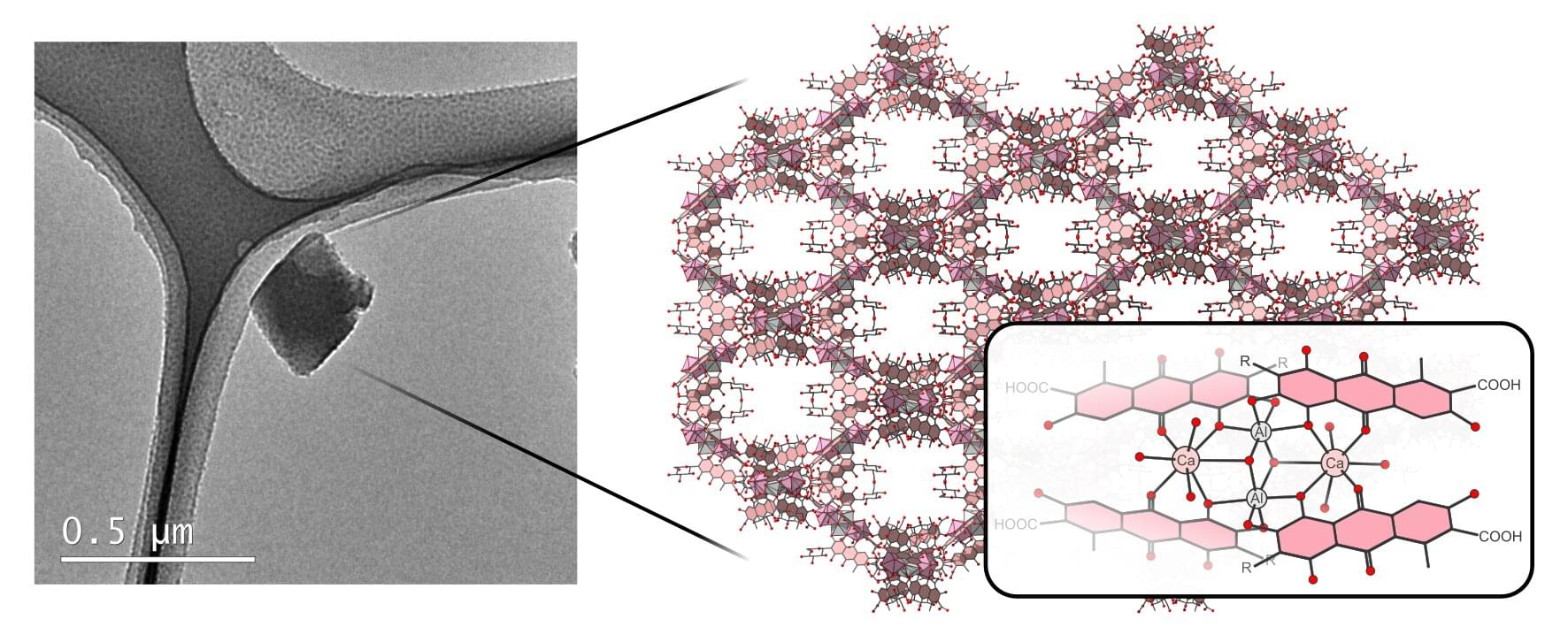
Using advanced electron crystallography techniques, researchers at Stockholm University have succeeded in determining the structure of the historically significant red pigment carmine. It turns out that the substance, used today in products such as candy and paint, has a complex porous structure.
The study is published in the journal Crystal Growth & Design.
Carmine is a natural red coloring agent produced from cochineal extract. The extract from these insects is rich in carminic acid, which is combined with aluminum (Al) and calcium (Ca) to produce carmine. Analysis using advanced electron microscopy techniques has now revealed that this pigment has an unexpected structure. It is a so-called metal complex, built from two calcium ions, two aluminum ions, and four organic ligand molecules of carminic acid.
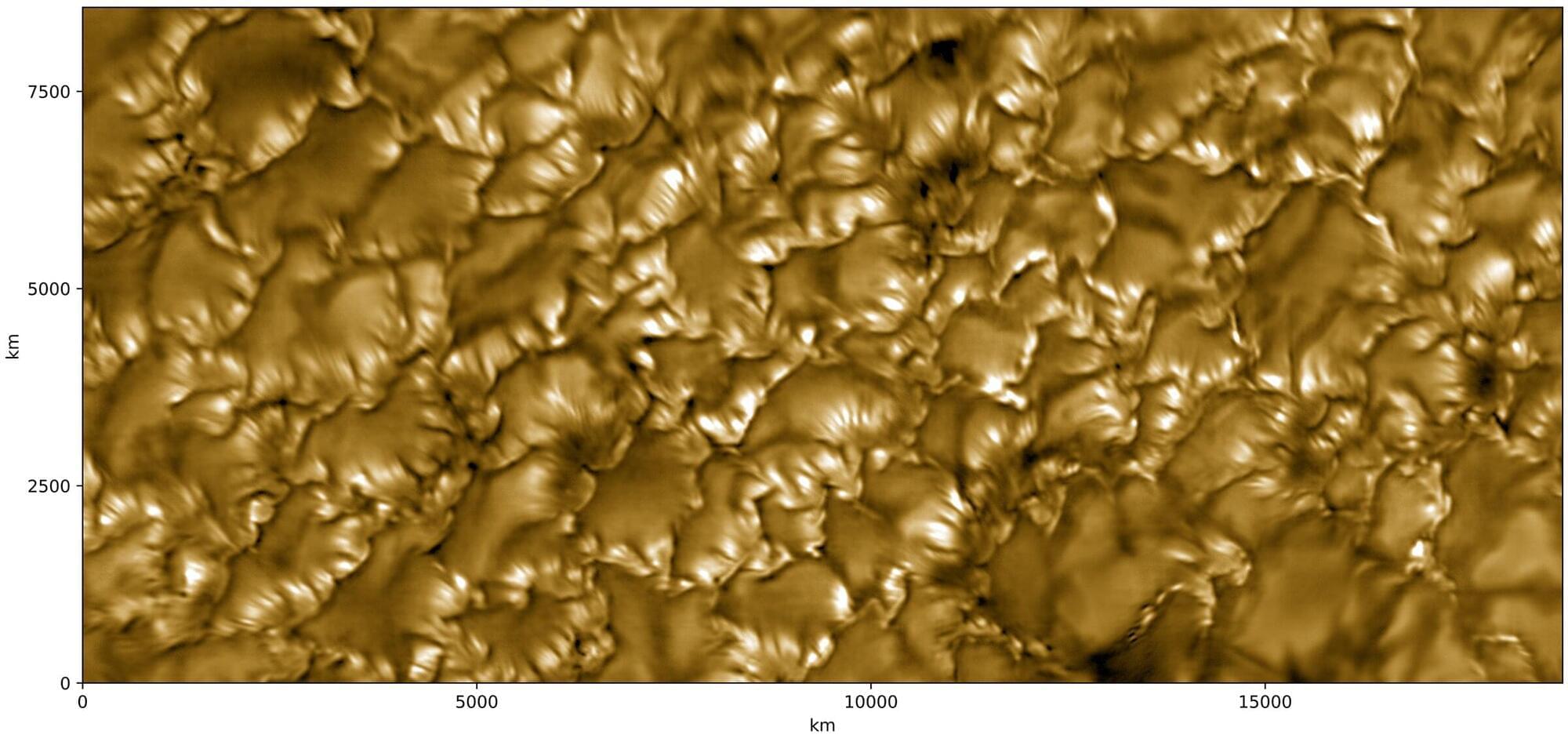
A team of solar physicists has released a new study shedding light on the fine-scale structure of the sun’s surface. Using the unparalleled power of the Daniel K. Inouye Solar Telescope, built and operated by the National Solar Observatory (NSO) on Maui, scientists have observed, for the first time ever in such high detail, ultra-narrow bright and dark stripes on the solar photosphere, offering unprecedented insight into how magnetic fields shape solar surface dynamics at scales as small as 20 kilometers (or 12.4 miles).
The level of detail achieved allows us to clearly link these stripes to the ones we see in state-of-the-art simulations—so we can better understand their nature. These stripes, called striations and seen against the walls of solar convection cells known as granules, are the result of curtain-like sheets of magnetic fields that ripple and shift like fabric blowing in the wind.
As light from the hot granule walls passes through these magnetic “curtains,” the interaction produces a pattern of alternating brightness and darkness that traces variations in the underlying magnetic field. If the field is weaker in the curtain than in its surroundings, it appears dark; if it is relatively stronger, it appears bright.